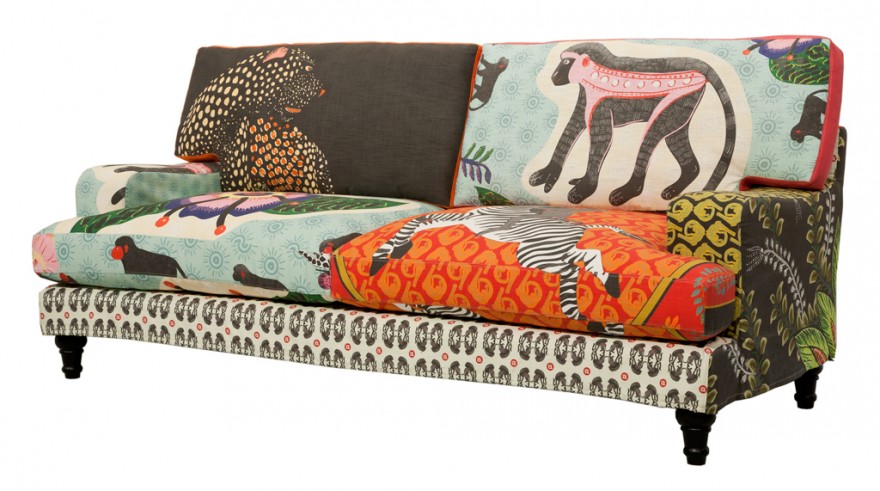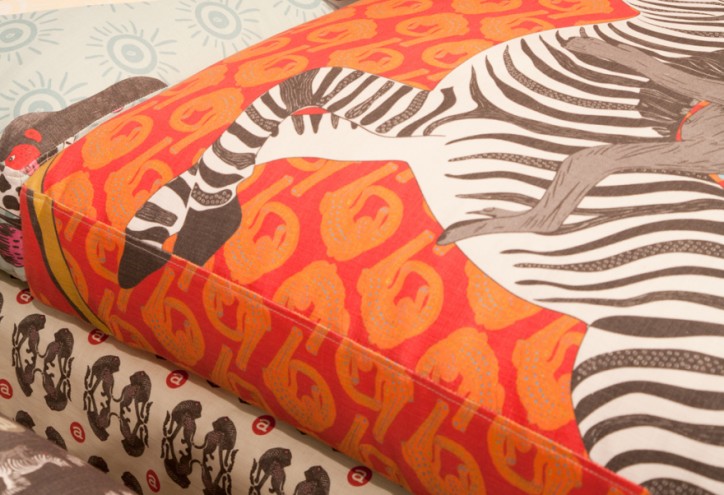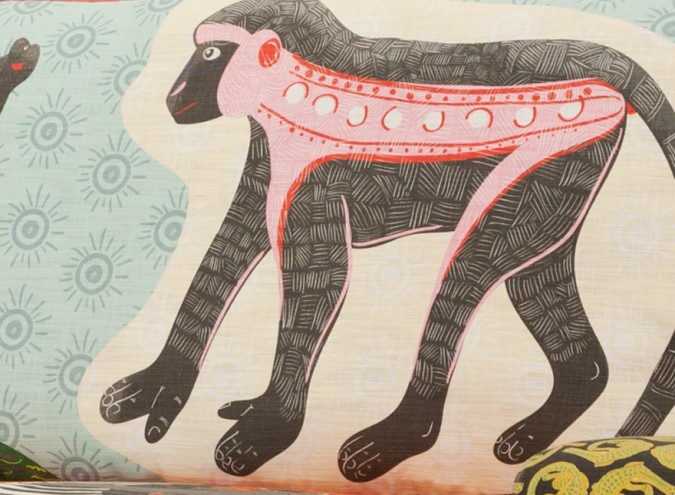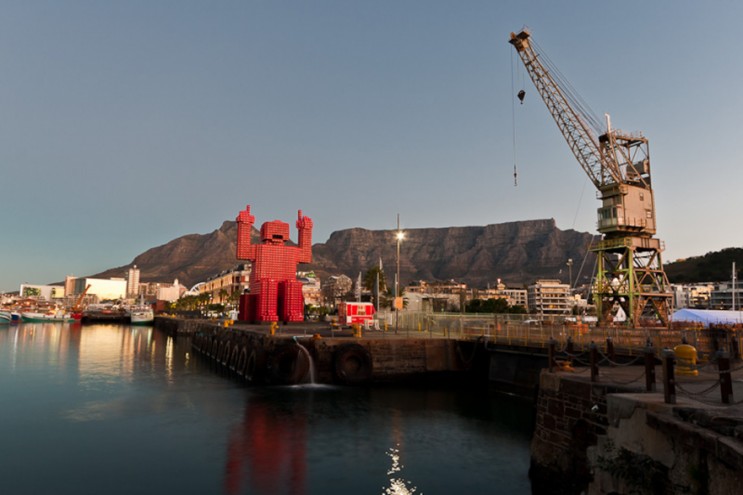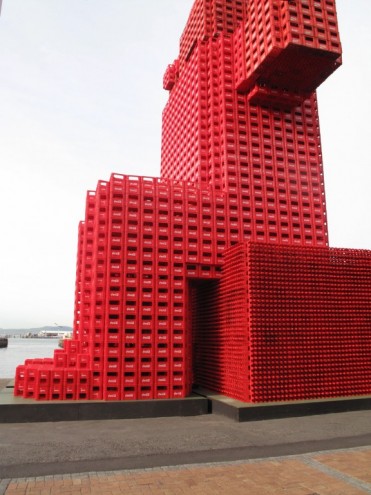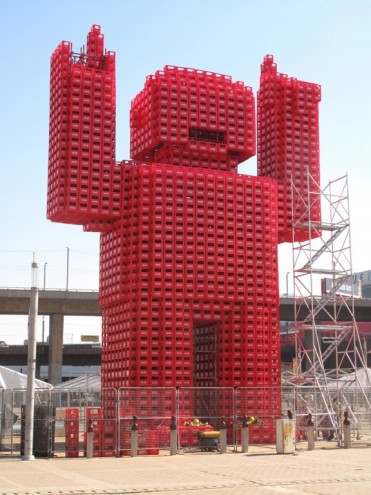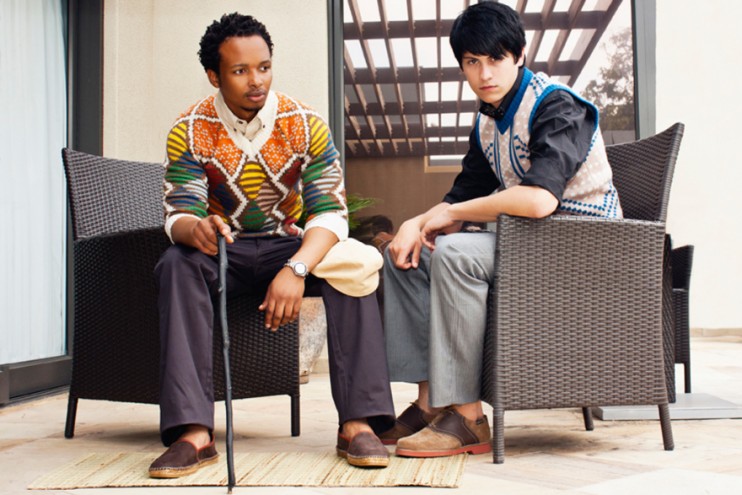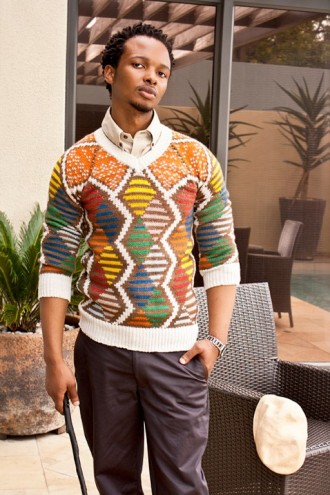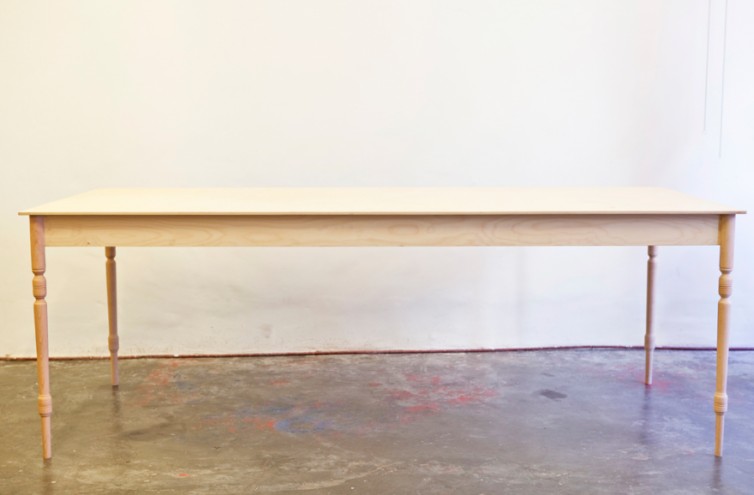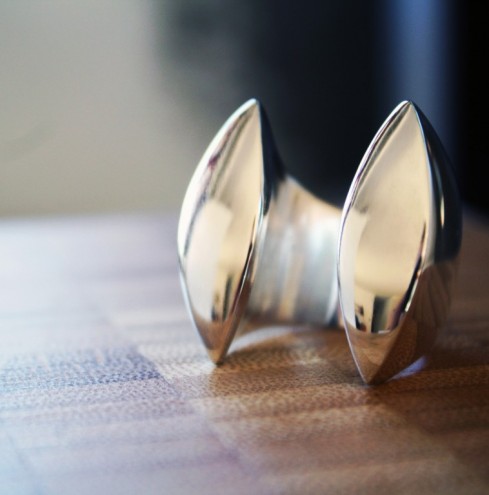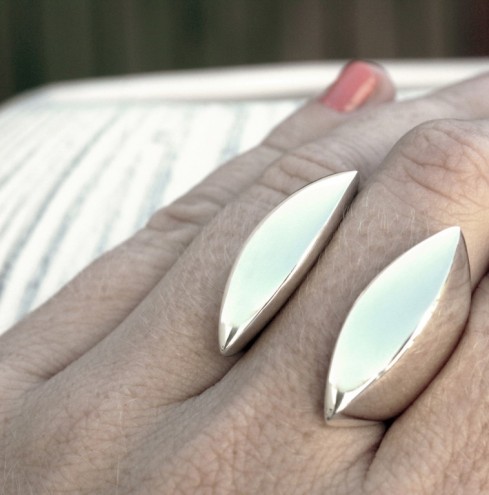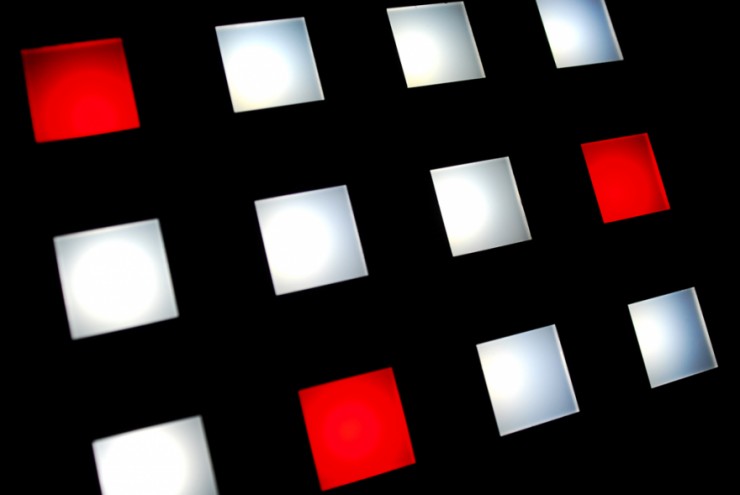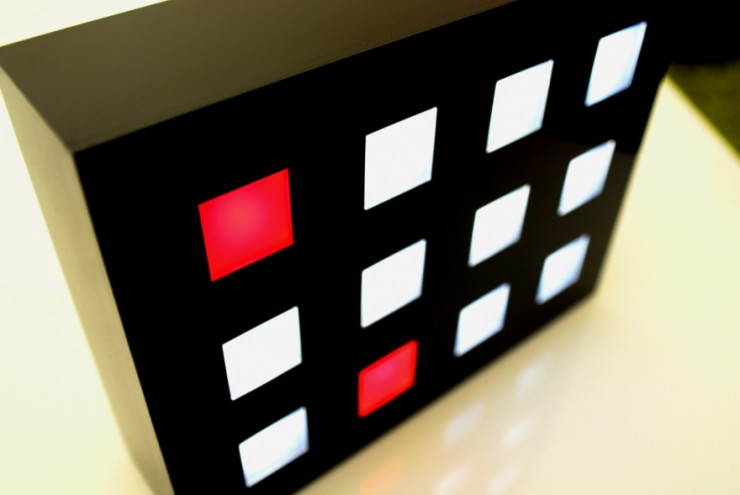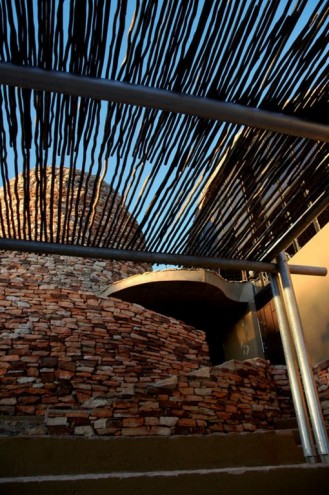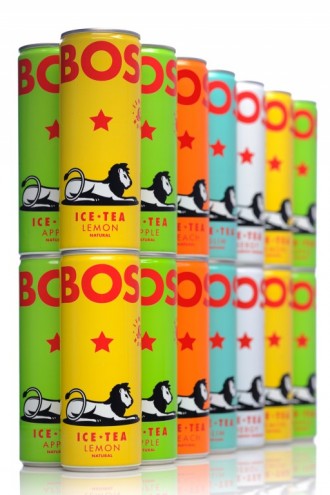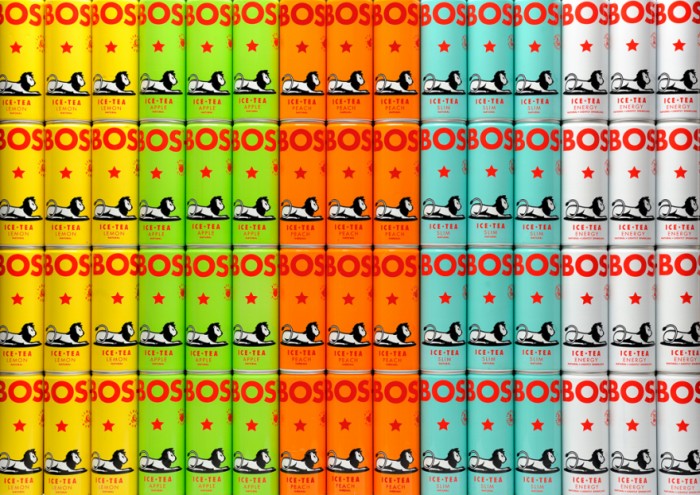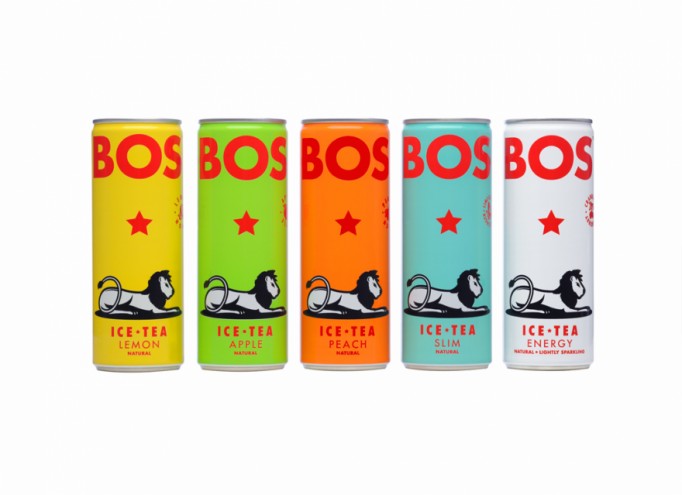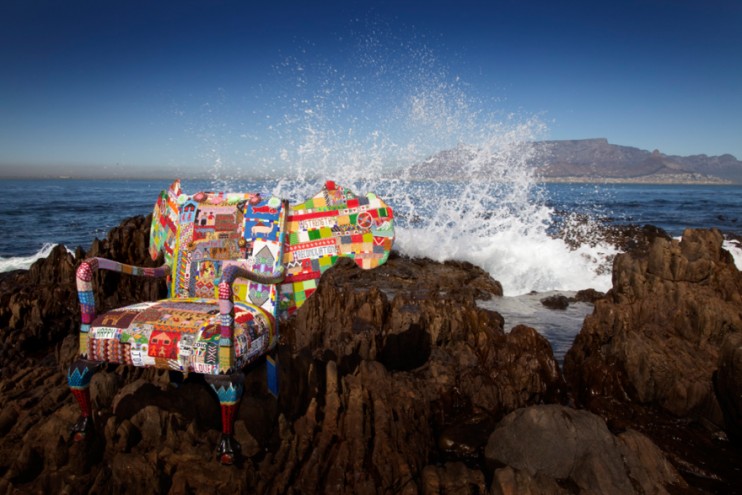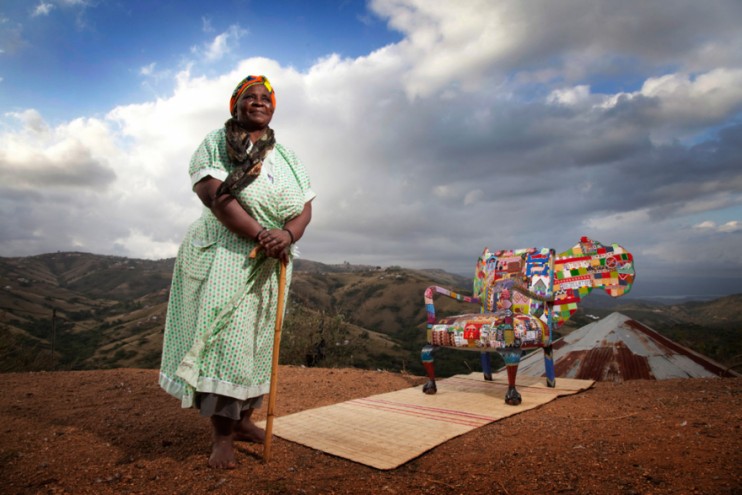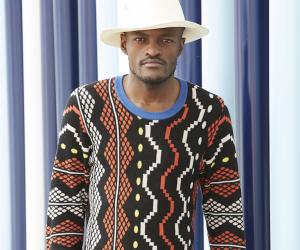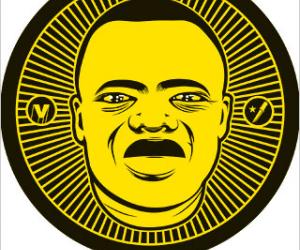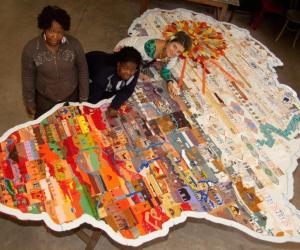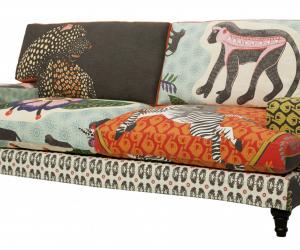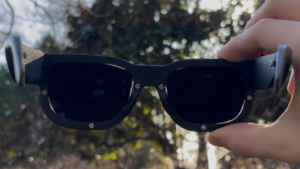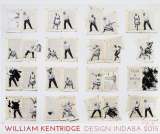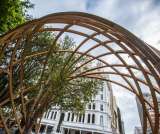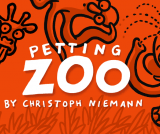Part of the Project
Beauty is more than skin deep in this year's Most Beautiful Object in South Africa award, presented by MINI, at the Design Indaba Expo from 25 to 27 February. Turning to the country’s opinion makers, each finalist has been personally nominated and endorsed by a leading local editor, journalist or commentator.
But what is “beauty” and what is the defining characteristic of a “beautiful object”? Does it lie in aesthetic appeal, social significance, sustainability, economic impact, lifestyle relief, entertainment or cultural flavour?
Casting the net open for South Africans themselves to answer this all-important question, the public is invited to vote for the actual winner via SMS. To vote, SMS the code before the nomination to 34180. SMSes cost R2. By correctly voting for the winner, you could win a R10 000 shopping voucher at the Design Indaba Online Shop.
The South African public has a certain knack for choosing winners that are indicative of a social milieu, as can be seen with previous winners such as Anatomy’s Lab Light in 2010, Michaella Janse van Vuuren’s Chrysanthemum Centrepiece in 2009, Tsai’s Nested Bunkbeds in 2008 and …xyz’s 4 Secs Condom Applicator in 2007.
Inviting the whole country to participate in this conversation of what epitomises beauty in an object, Design Indaba is proud to announce the finalists:
MBOISA 1: Marbled Vase by Lisa Firer
Nominated by Laureen Rossouw, editor of Elle Decoration
The surfaces of these porcelain vessels are born out of a recent trip to Italy and its churches, which reflect the beauty and range of colored marbles and granite. Using off-cuts of black and white clay from previous projects, which might otherwise be discarded, these are truly recycled vessels. They are hand built using slabs of porcelain and then rolled, cut, layered and reassembled.
MBOISA 2: Qalakabusha Couch by Ardmore Design
Nominated by Jacquie Myburgh Chemaly, editor of VISI magazine
Better known for their work in clay, Ardmore Ceramic Art is expanding to develop a design collection. Founder and creative director, Fee Halsted worked with graphic designer Kevin Parry to create the Qalakabusha (“New Beginning”) Couch. It is a signature piece from the introductory range of the collection, which takes Ardmore’s distinctive creativity, wit and luxurious styling into a new generation of functional products.
MBOISA 3: Cratefan by Porky Hefer of Animal Farm
Nominated by Jonathan Cherry, editor of Cherryflava.com
Cratefan is a complex inner skeleton of scaffolding, which is then clad with an outer layer of Coca-Cola crates. Approximately 2 600 Coke crates were used to clad “Oupa” in Jo’burg and 4 200 for “Elliot” in Cape Town, and they were cable tied to the scaffolding structure. Cratefan is significant of the exuberance experienced last year during the FIFA World Cup.
MBOISA 4: Mohair Jersey by Laduma Ngxokolo
Nominated by Craig Jacobs, fashion entrepreneur and columnist for the Sunday Times Lifestyle Magazine
This mohair and merino wool jersey forms part of “The Colourful World of the Xhosa Culture” range, which comprises men’s knitwear that is inspired by traditional Xhosa beadwork. The collection won the South African Society of Dyers and Colourists Design Competition, which earned it a place in the London competition, where it was awarded first prize internationally for the competition.
MBOISA 5: Plyable Table by Gregor Jenkin
Nominated by Naomi Larkin, editor of House and Leisure
Enduringly versatile both in design and material, the Plyable Table is made from birch plywood. The table is durable, affordable, flat-pack-able, assemble-able, paintable, wax-able, varnish-able, moveable, store-able and comfortable. With such characteristics, the sustainability of the item is evident. Gregor Jenkin is known for referencing South African history and culture, reinterpreting it with a subtle wittiness.
MBOISA 6: Clam Ring by Vikki Viljoen
Nominated by Michelle Constant, CEO of Business and Arts South Africa
Initiated by a love for extremely chunky, solid, heavy rings, the Clam Ring nonetheless incorporates careful consideration for ultimate wearability and comfort. Resembling an open clam, the two symmetrical sides come together to hug the finger in an open-ended style. Handmade in sterling silver, it demands attention while making an unexpected statement!
MBOISA 7: Time Frame by Orjon de Roo
Nominated by Giuseppe Russo, founder and editor-in-chief of One Small Seed
Timeframe is an eye-catching light sculpture at first glance, but is in fact a clock. The number of red squares in each pattern represents a digit in the current time. The longer, first pattern represents the hour digit, followed by the ten-minute and minute digit. The cycle repeats forever – always displaying the correct time through completely different combinations of light patterns.
MBOISA 8: Mapungubwe Interpretation Centre by Peter Rich
Nominated by Nadine Botha, editor of Design Indaba magazine
Culturally, geographically and environmentally sensitive, the Mapungubwe Interpretation Centre took inspiration from its natural setting in a national park. The complex landscape was both the inspiration for the design and the source of the materials, resulting in a composition of structures that are authentically rooted to their location. In 2009, the building won the World Building of the Year Award at the World Architecture Festival held in Barcelona.
MBOISA 9: BOS by Bos Brands (Pty) Ltd
Nominated by Matthew Krouse, arts editor of the Mail&Guardian
BOS Iced Tea is a new refreshingly local offering, which uses organic rooibos blended with natural fruit flavours and herbs. It’s produced with environmental integrity in mind and hopes to promote the health benefits of this beverage. The President are responsible for the packaging. With its pop-art influences and almost retro feel, the design feels truly African.
MBOISA 10: Dreams for Africa Chair by Woza Moya
Nominated by Design Indaba Expo team
In 2009, 160 women from the Valley of 1 000 Hills in KwaZulu-Natal came together to create a legacy of hope. Eight weeks later the women of the Woza Moya income-generation project finished their creation. Supported by the Hillcrest Aids Centre Trust, the chair is travelling around South Africa and abroad (recently to New York City), inviting people from all walks of life to sit in the chair and share their dreams.



